A Peek into Thailand’s Hottest Star’s World: 10 Facts You Should Know About Freen
Get an exclusive peek into the world of Freen Sarocha: uncover 10 facts ...
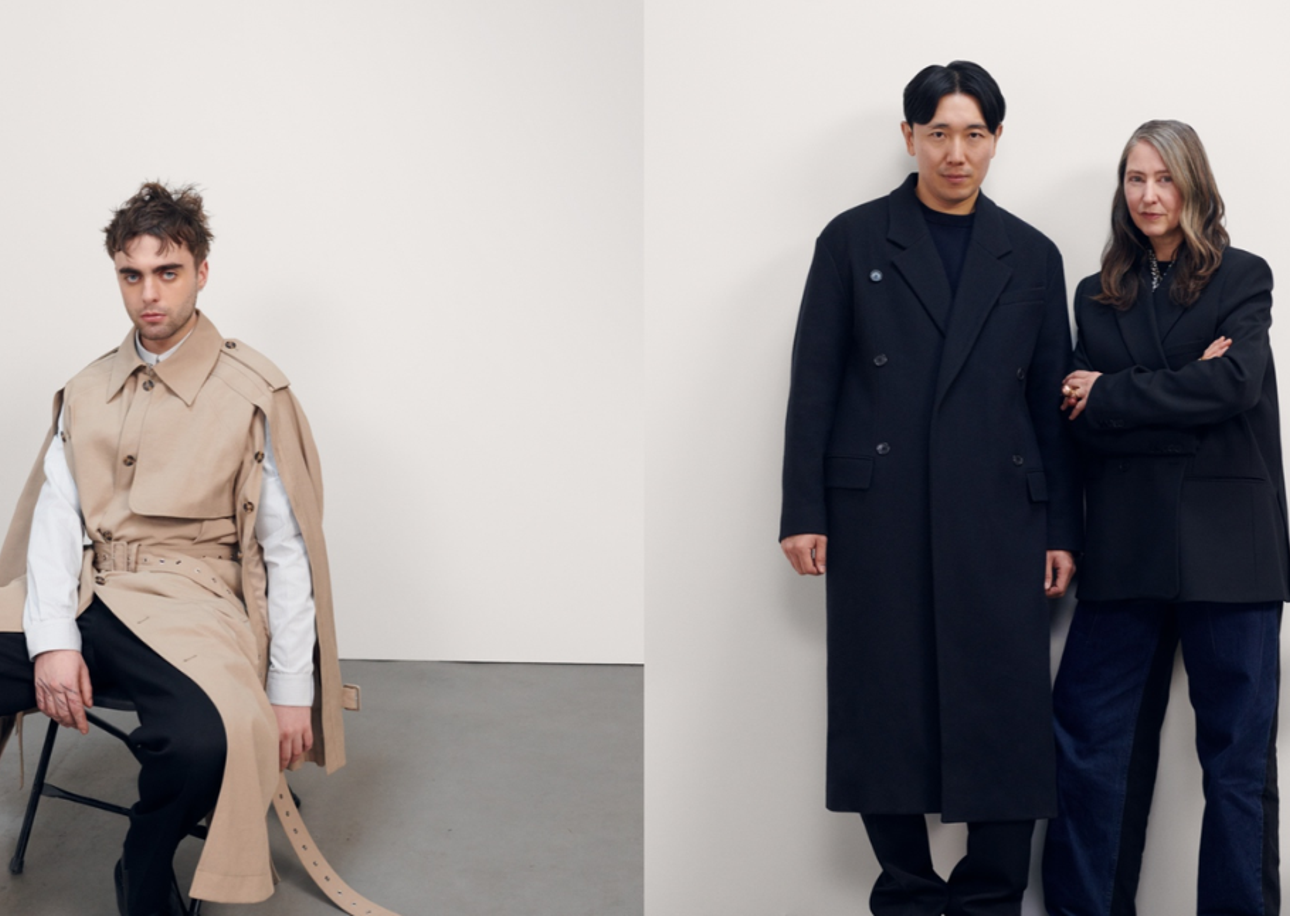
Designer tie-ups with fast fashion brands have become a common phenomenon in the fashion industry. Sparking excitement among consumers and promising new styles at affordable prices. However, amidst the hype, questions arise regarding their impact on sustainability. Do they genuinely contribute to making fast fashion more eco-friendly, or are they merely superficial efforts to appear environmentally conscious?
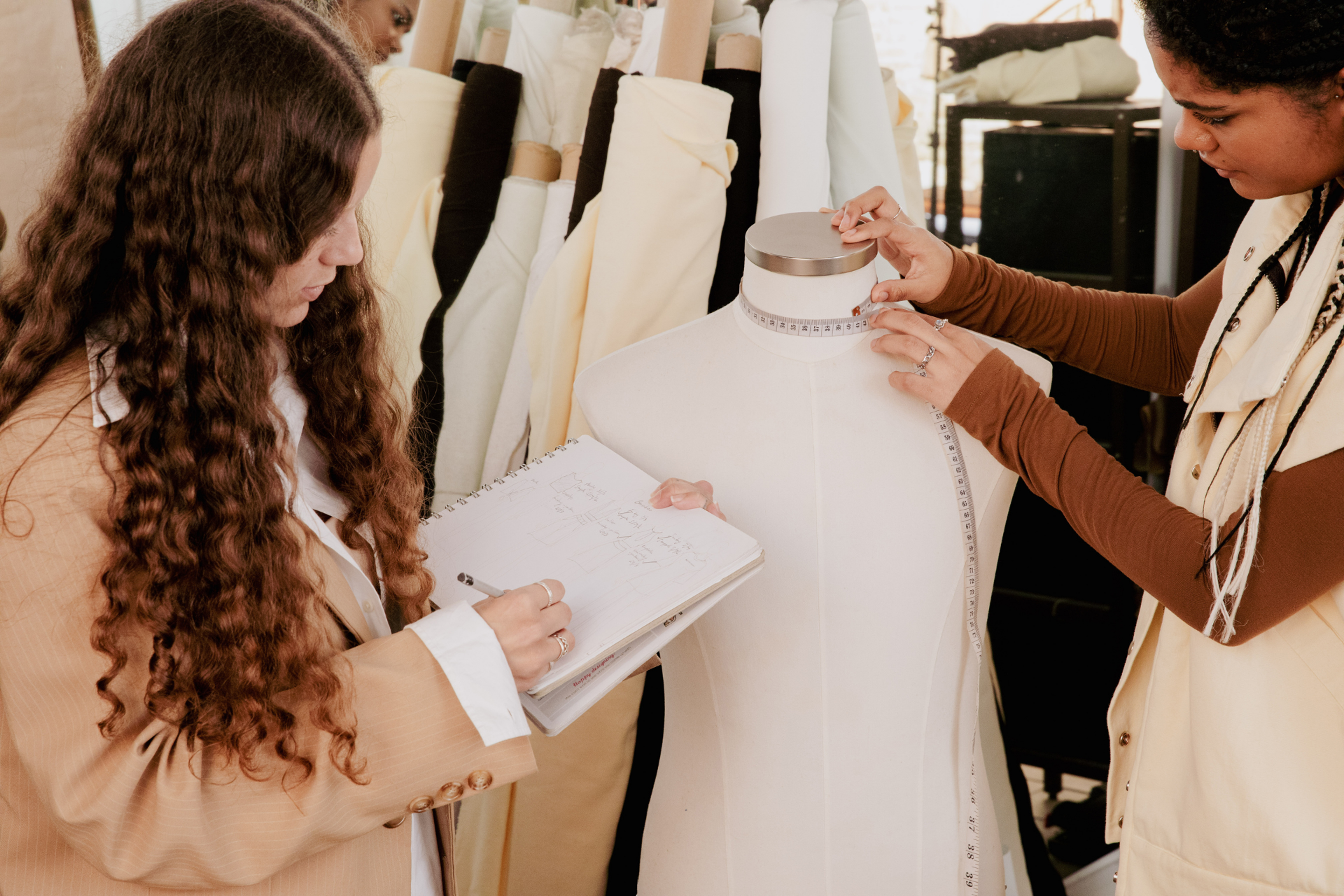
One potential positive impact of designer collaborations is their influence on green practices within the fast fashion industry. Renowned designers have a platform to advocate for this, and if they integrate eco-friendly materials and methods into their terms, it could push fast fashion brands towards more green practices.
For instance, the H&M x Rokh hook-up which will be launching today (Apr, 18th) introduces a collection that focuses on reimagining and modifying wardrobe classics, emphasising timeless designs and interactive, customizable clothing. This potentially extends their lifespan and encourages consumers to engage more deeply with their clothing, fostering longevity rather than disposability. This approach reduces the need for constant new production and encourages users to value and keep their garments longer.
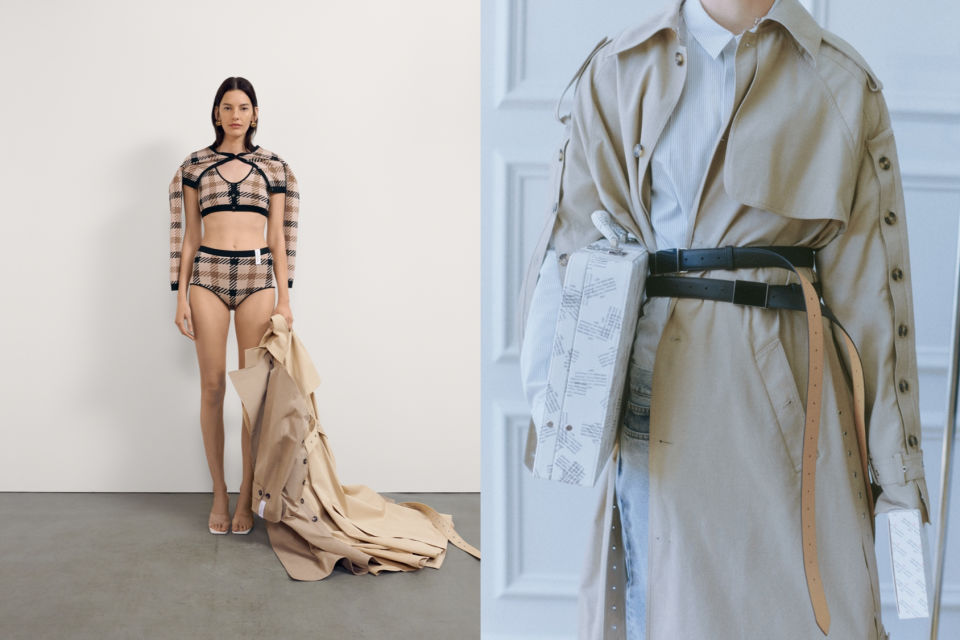
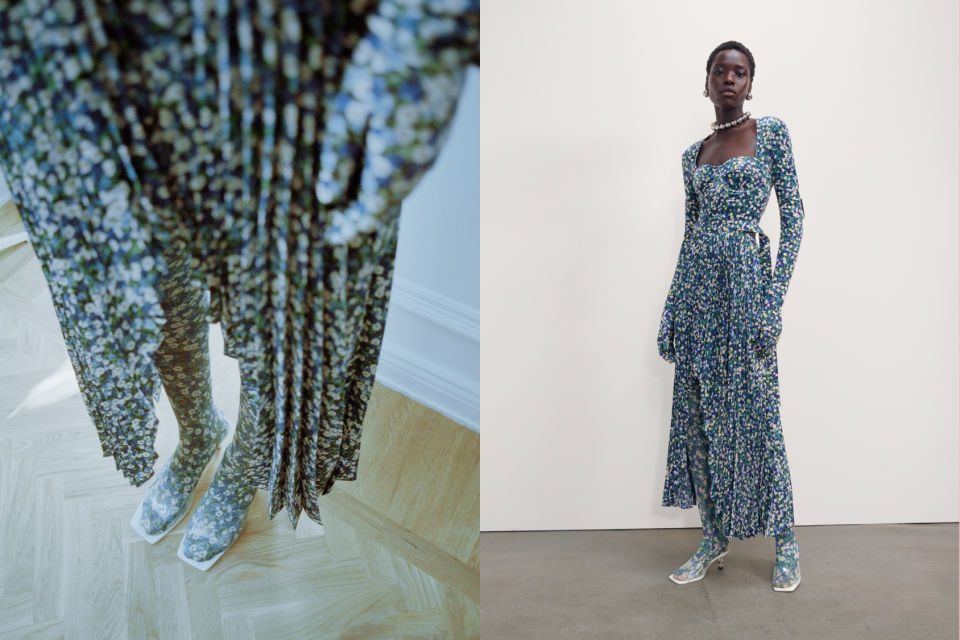
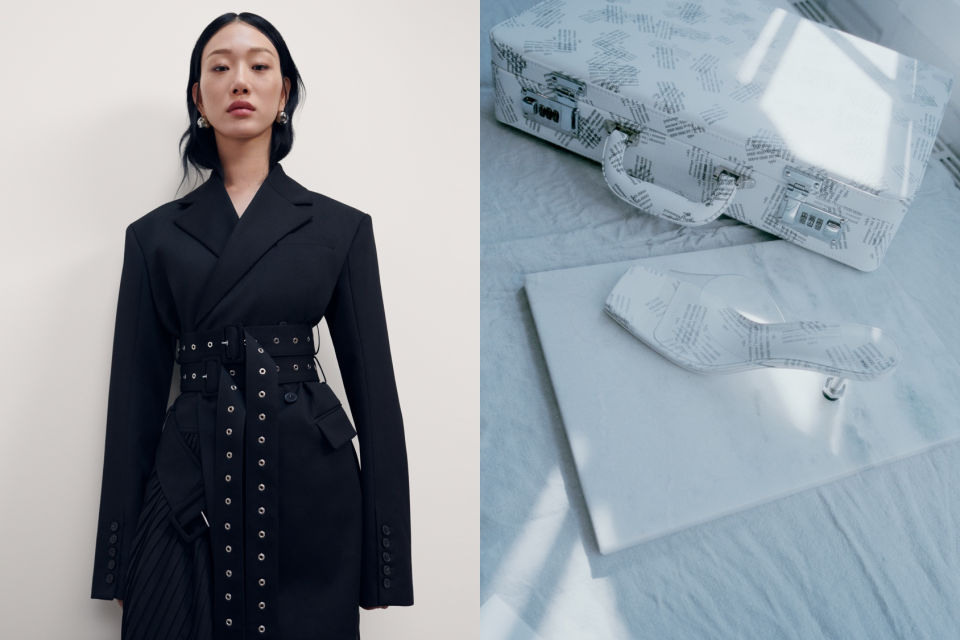
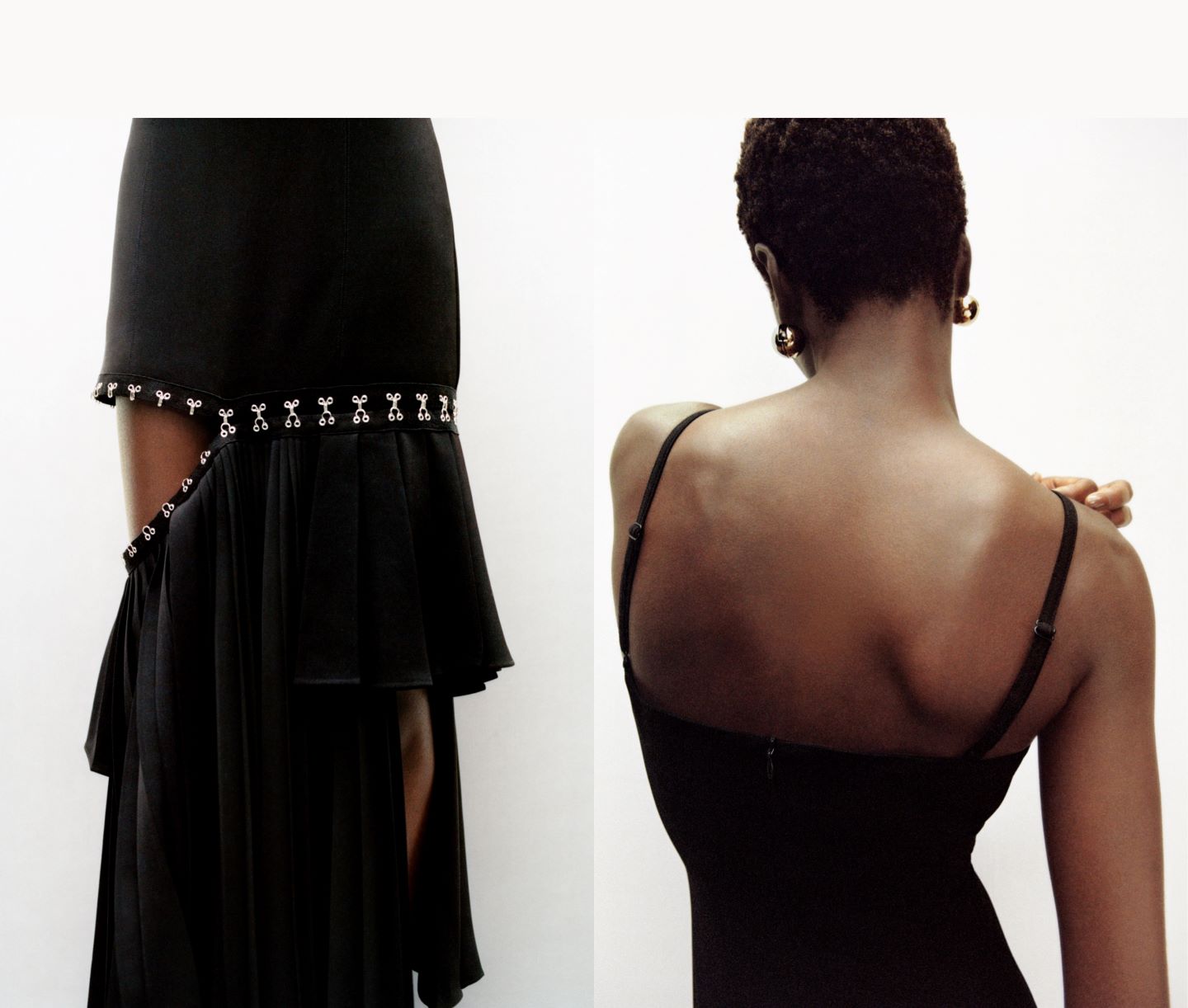
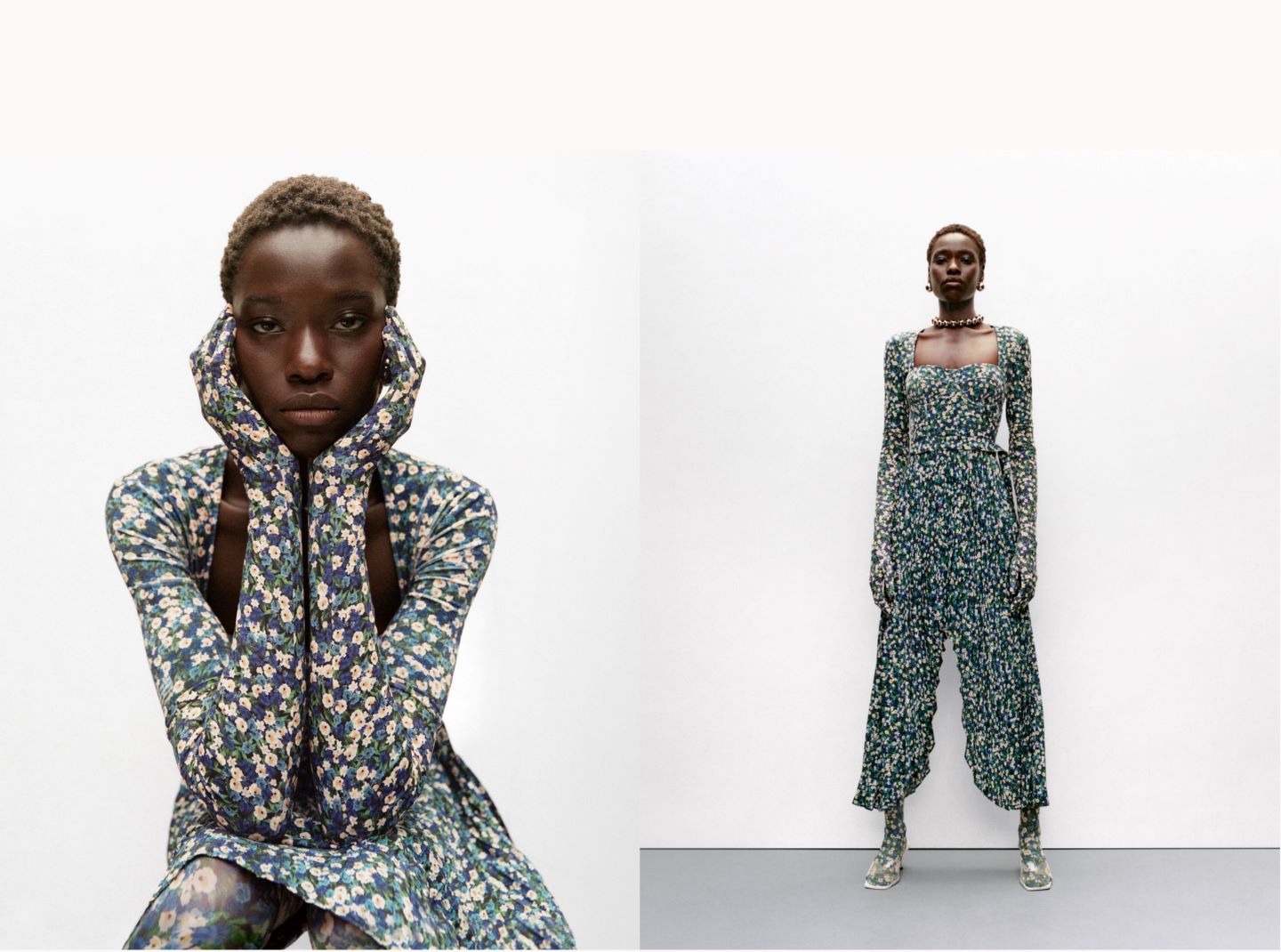
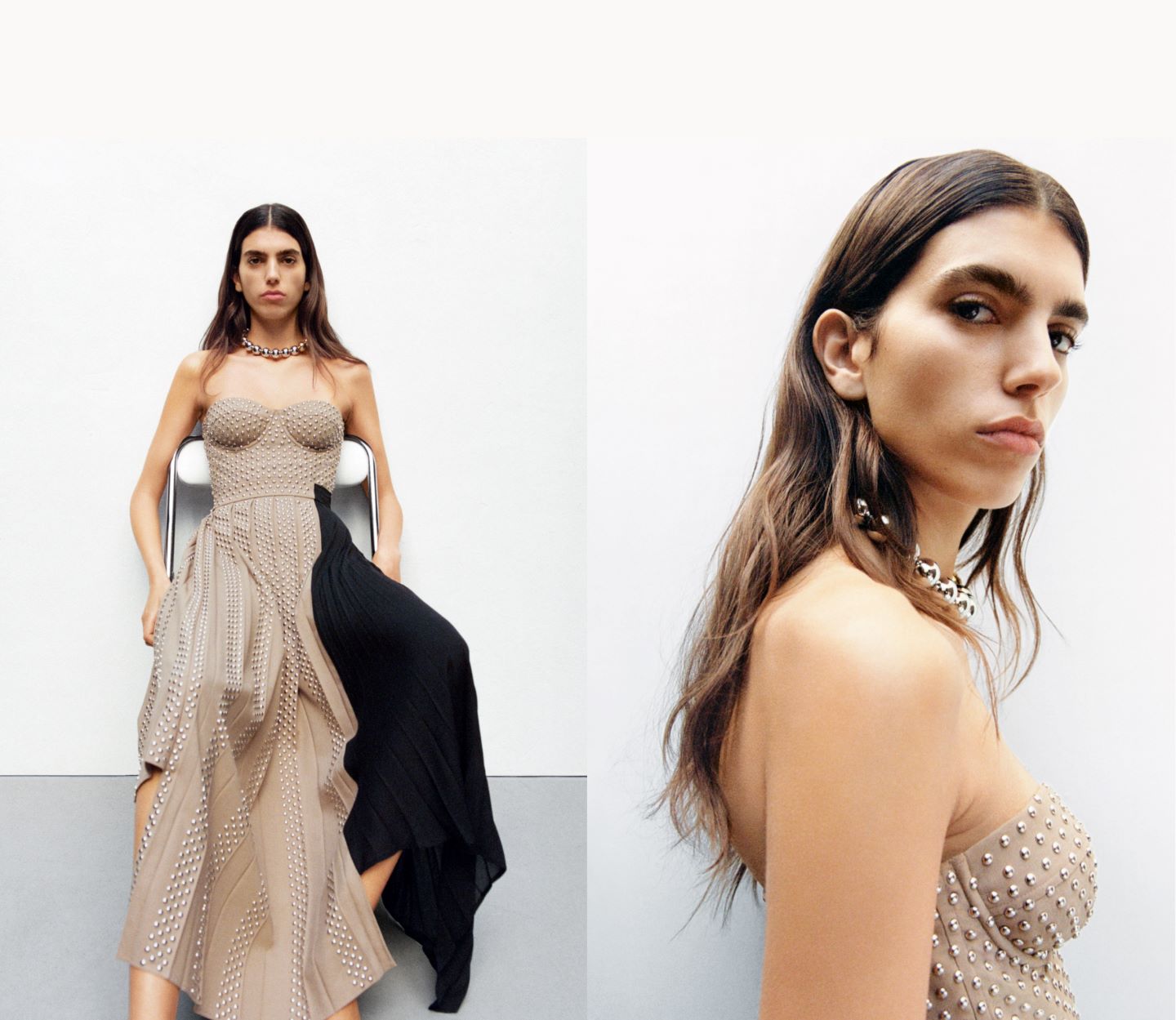
For the footwear industry, a collaboration between Allbirds and Adidas stands out. These two brands came together to create the sustainable sneaker, the Futurecraft Footprint. Achieving a reduction in carbon footprint, and setting a new standard for environmentally conscious footwear demonstrating how purpose-driven partnerships can resonate with consumers who prioritise low-impact actions. Proof that when brands work together with a shared goal sustainability wins.
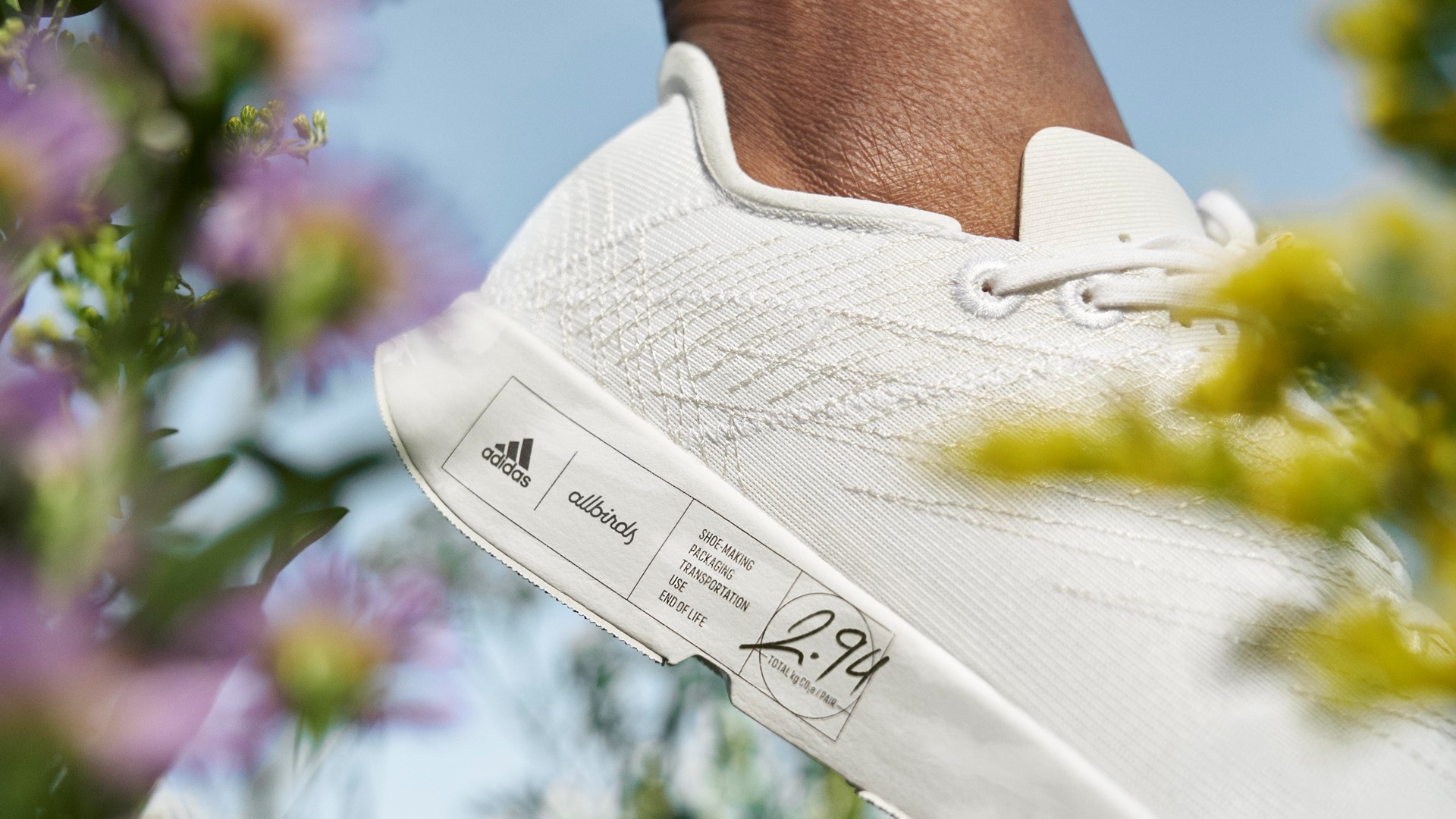
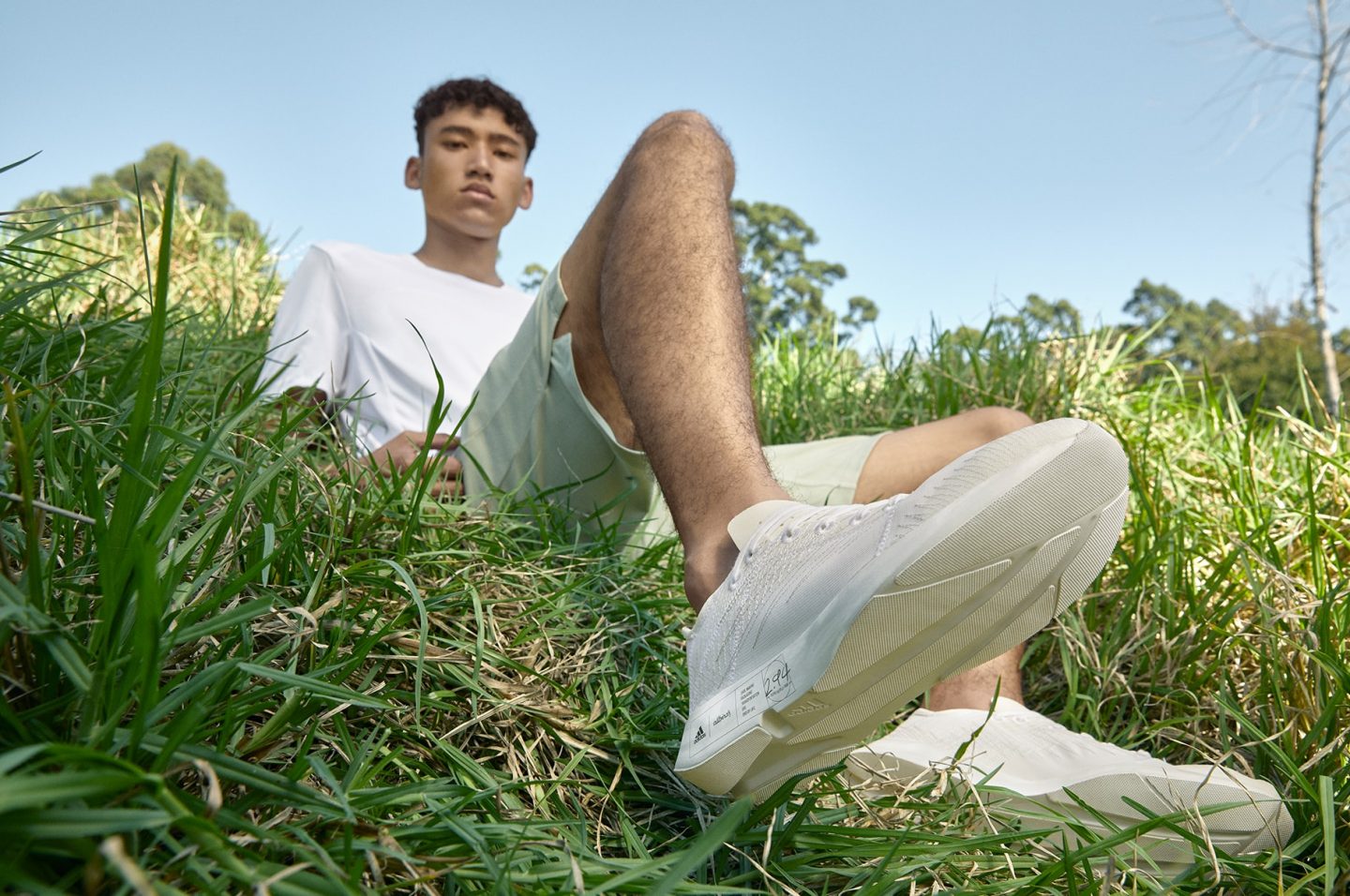
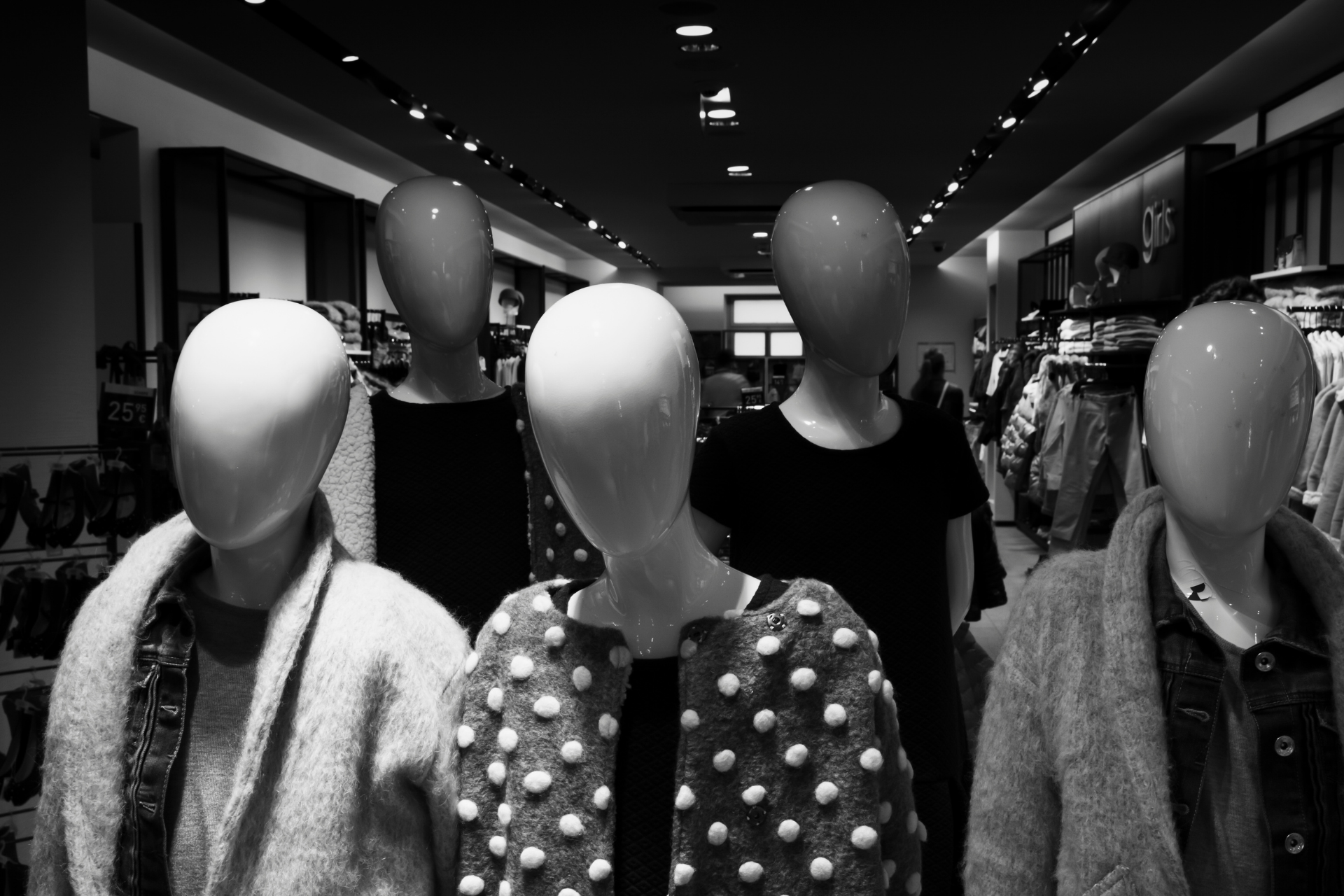
Despite potential benefits, there are also negative considerations. One concern is greenwashing, wherein fast fashion brands use designer affiliations to portray an eco-friendly image without making substantial changes to their overall practices. This tactic can mislead consumers and undercut genuine eco-conscious efforts.
Influencer-founded brands like Tala, promoted by Grace Beverley, tout themselves as earth-friendly while heavily relying on recycled materials and partnerships with fast fashion giants like Asos and Fila. Despite their eco-conscious image, these influencers and brands have to be careful not to contradict the core principles of true sustainability, which advocate for moderation and satisfaction with what we already own.
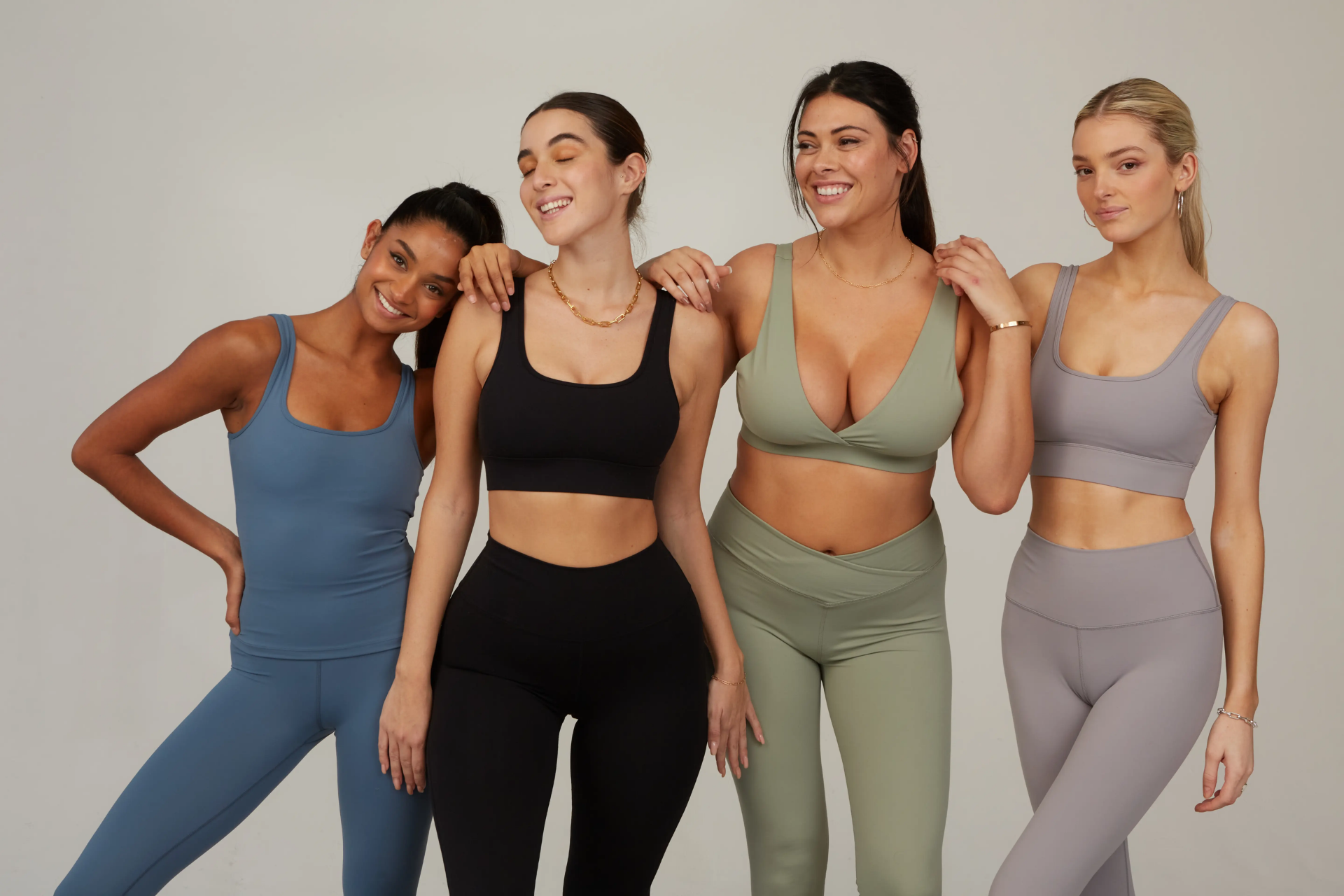
The rapid evolution and aggressive strategies of third-generation fast-fashion companies like Shein and Temu highlight the complex dynamics within the industry, raising pertinent questions about eco practices.
Praised for delivering trendy, low-cost fashion, these companies also draw criticism for their environmental impact and unsustainable production practices. Their focus on reducing costs and accelerating production promotes overconsumption and waste, conflicting with the eco-friendly goals of designer collaborations. Thus, while such partnerships could enhance eco-friendly practices, they must contend with an industry favouring speed and affordability over environmental concerns.
Additionally, the hype surrounding designer relationships often leads to increased consumption. Quick sell-outs and the pressure to stay on-trend can perpetuate the cycle of fast fashion, encouraging frequent purchases and disposal of clothing items.
Considering the insights from the “State of Fashion 2024” report by Business of Fashion and McKinsey, the fashion industry is encountering tough economic challenges. Predicted global growth rates of 2 to 4 percent, along with economic ups and downs and rising prices, are making it hard for fast fashion brands to focus on green initiatives while still making money. This makes it even tougher to really make a big difference in pushing the industry towards eco-friendly practices.
The real impact on earth-friendly practices hinges on its execution. Genuine commitment to sustainability—from material selection to manufacturing processes and distribution—is essential for these partnerships to deliver positive changes.

If conservation efforts are merely an afterthought, these may inadvertently contribute to environmental harm rather than progress.
Without prioritising eco practices throughout every aspect of these partnerships, they risk falling short of delivering the environmental benefits desired. As consumers, it’s essential to scrutinise and advocate for transparency and accountability in the pursuit of a truly sustainable fashion industry.
Get an exclusive peek into the world of Freen Sarocha: uncover 10 facts ...
In a cinematic landscape saturated with remakes, reboots and sequels, you might ...
These top 5 barber shops in Bangkok are where gentlemen can elevate ...
While traditional TV shows are serving us endless boy-meets-girl tales. Thailand has ...
Pets, as cherished members of our families, deserve rights and protections that ...
The internet makeup obsession straight out of Bangkok’s streets! Thai makeup zeroes ...
Wee use cookies to deliver your best experience on our website. By using our website, you consent to our cookies in accordance with our cookies policy and privacy policy